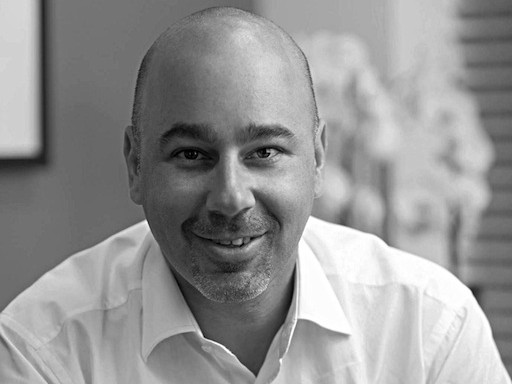Industry Talk - POV
The Butterfly Effect
by Nadim Khoury
December 10, 2015
.jpg) Advertisement
AdvertisementLast year, Procter & Gamble (P&G) sold the bulk of its pet food business to Mars Inc. in a massive $2.9 billion transaction – on the heels of which it also dropped more than half of its brands.
Around the same time, Unilever laid off 800 marketers, shrunk agency fees and products, established a standalone unit for its spreads brand and acquired Talenti Gelato & Sorbetto in what was clearly a focused expansion of its food portfolio. Samsung fought in the mobile space against emerging Korean lower-priced competitors and Apple’s profits soared on the back of the iPhone 6 launch.
Depending on the angle, any good journalist will tell you, these headlines could very well be twisted positively: P&G’s divestments reflect an increasingly focused product development strategy, Unilever’s cost-cutting is only a natural stage of the business cycle and, Samsung’s mobile losses are offset by its OEM (original equipment manufacturer) business.
The sides to each story are many but the premise is the same: our clients’ industries are radically transforming before our eyes.
This is a reality that has troubled some in our industry, but not nearly as much as the fallout of the $30 billion Publicis-Omnicom merger that never was; understandably so, as this was a massive deal for both industry outsiders and insiders. But coverage and analysis around the merger provided little insight into the client side. Instead, it dug deep into the financials and opinion of either groups. It heightened a gap between the agency and client business.
The last time we truly took a hard look at the changing dynamics of client businesses was during the 2008 financial crisis. And, even then, agency chiefs reduced client P&Ls to “budget cuts” without truly understanding their implications.
Today, with conversations moving into data, technology and content, many talk of how all three can push agency output and capabilities to deliver relevant client-consumer connections. But few have tied them into the client business itself.
Our industry has become far too concerned with the evolution of Don Draper rather than Dow Jones. And in doing so, it is missing the mark on major challenges and opportunities shaping its future.
It struck me when I came across an op-ed by a global chief marketing officer suggesting that our industry is “changing too fast to keep pace by buying things” and that, instead, clients could be adopting a project basis to their agency relationships; an “Uber-like” system. Call it an open relationship.
This is no breaking news, of course. And it is an approach that has been reflected by the fragmentation of many agency remits both globally and regionally; partly because some client businesses are changing from within, with products and services becoming obsolete overnight, business models losing ground and relevance and competition coming from once unlikely rivals (think Google’s self-driving cars and their future impact on the auto industry).
Twinned with this is the rise of a consumer-powered, knowledge-sharing and do-it-yourself economy; one that has been dissected by agencies for how it impacts and threatens their business, but not that of their clients.
So what does this mean for the agency business? In the larger scheme of things, it redefines its very core.
Our perception of what a “big” account is has been altered. The value of an account remains a key deciding factor in its size.
But today, other factors, such as potential future revenue streams and business sustainability should carry a much heavier weight in our assessment of prospect clients.
Our pursuit of the entirety of a client’s communication business should be justified, supported and strategic, as it would mean weathering many storms that could completely fragment it overnight.
Our talent recruitment strategies might need to increasingly focus on experts in our clients’ fields, not just our own.
Our client portfolio breakdown, between longstanding multinationals and emerging local players – and, dare I say, startups – must be readjusted with the realisation that small companies today can scale very quickly into global conglomerates tomorrow – and vice versa.
But most importantly, our work and onus now lay in changing not only the way our clients deliver their campaigns but, also, do their business.



.jpg)










